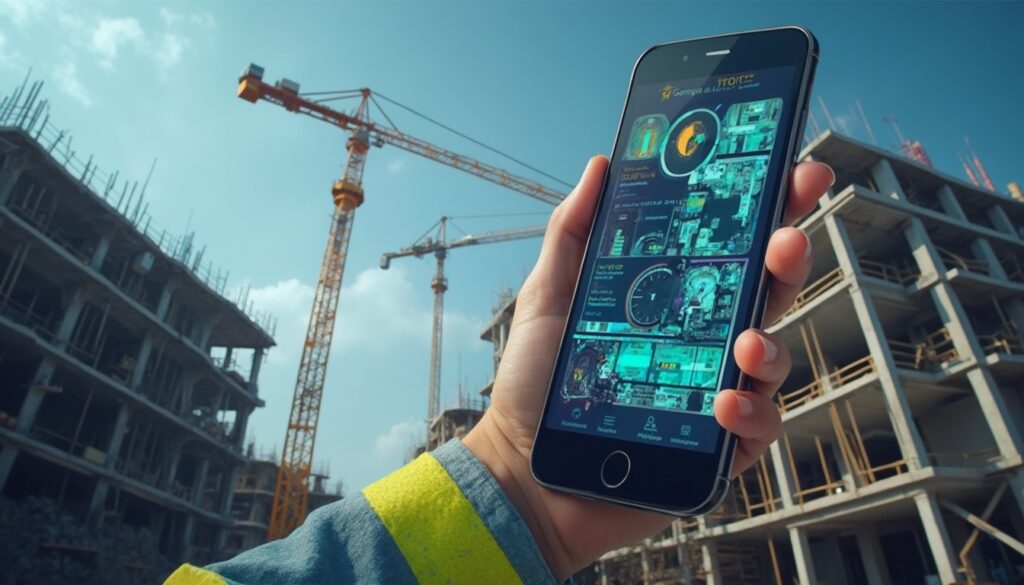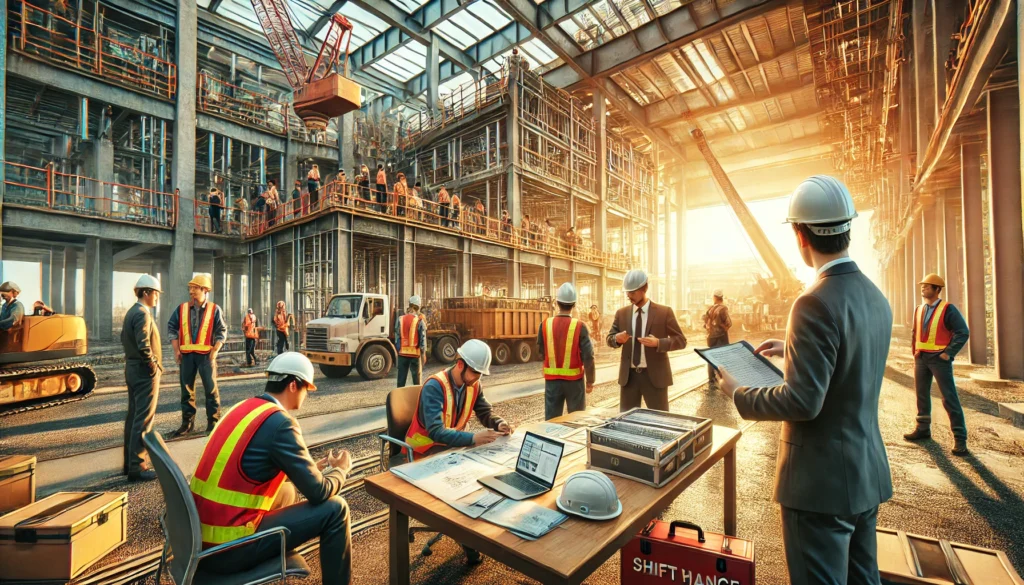In today’s fast-paced world, the construction industry is facing a technology-driven paradigm shift. As projects become increasingly complex and demand for efficiency rises, the concept of connected building emerges as a crucial component for optimal project outcomes. This article highlights intelligent infrastructure and its role in transforming the construction landscape. By understanding connected building and its practical applications, you’ll gain insights on how to improve your projects, foster innovation, and align with Valoon’s mission to optimize construction processes.
Understanding the problem
The construction industry has long struggled with challenges such as delays, budget overruns, and communication issues. Traditional methods often lead to inefficiencies that not only impact timelines but also compromise the overall quality of the project. The integration of intelligent technologies — commonly referred to as connected building — has the potential to solve these problems by promoting better collaboration and improved data exchange among stakeholders, including engineers, project managers, subcontractors, and clients.
Connected building leverages advanced technologies such as the Internet of Things (IoT), Building Information Modeling (BIM), and cloud computing. These technologies enable real-time data exchange and enhance transparency at all stages of a project. This allows teams to quickly respond to emerging issues, ultimately reducing risk and improving the quality of the final product. Understanding and implementing connected building not only optimizes your project workflow but also ensures you remain competitive in an increasingly technology-driven industry.
Practical solutions or insights
To successfully implement connected building, consider the following actionable strategies:
1. Embrace IoT devices: Start by integrating IoT devices on your construction sites. These devices can monitor environmental conditions, track equipment usage, and provide real-time feedback on various aspects of the project. By collecting and analyzing this data, you can make informed decisions that lead to more efficient operations.
2. Utilize Building Information Modeling (BIM): Implement BIM technology to create 3D models that visualize the project from conception to completion. BIM facilitates better collaboration among stakeholders since everyone works from the same model. This ensures that changes or updates are immediately accessible to all parties involved, minimizing the likelihood of errors arising from misunderstandings or outdated information.
3. Use cloud collaboration tools: Implement cloud-based project management solutions to facilitate communication among team members, whether they are on-site or in the office. Tools that provide file sharing, task management, and real-time updates enable your team to work collaboratively and enhance accountability. This level of transparency helps all parties stay aligned on project goals and schedules.
4. Invest in employee training: Ensure that your team is well-acquainted with new technologies and tools. Training not only boosts employees’ confidence in utilizing these innovative solutions but also maximizes their potential benefits. Regular workshops and hands-on training can help foster a culture of adaptability and continuous improvement within your organization.
5. Monitor progress with data analytics: Leverage data analytics to track project outcomes and performance metrics. By establishing Key Performance Indicators (KPIs), you can assess the effectiveness of your connected building strategies. This data-driven approach allows you to refine processes, mitigate risks, and improve efficiency in future projects.
By considering these practical insights, you can significantly enhance project outcomes while fostering a culture of innovation and efficiency within your company.
Conclusion or key message
Connected building represents a transformative shift in the construction industry, offering a variety of benefits. By utilizing technologies such as IoT, BIM, and cloud collaboration tools, you’ll not only tackle existing challenges but also position yourself as an industry leader committed to innovation and efficiency.
We encourage you to explore these solutions further and consider how Valoon can enhance your project outcomes. Valoon provides an intuitively designed, comprehensive solution for project communication, control, and documentation that ensures all stakeholders remain connected and informed throughout the entire construction process.
Software that works! Optimize your project management with Valoon and experience the benefits of connected building — improved efficiency, fewer delays, and higher quality. Take the next step towards smarter construction today!








